Lodha and Patricia Urquiola: where time, space and place meet
World renowned designer marks opening of exclusive Lincoln Square development with limited edition handmade sand timer
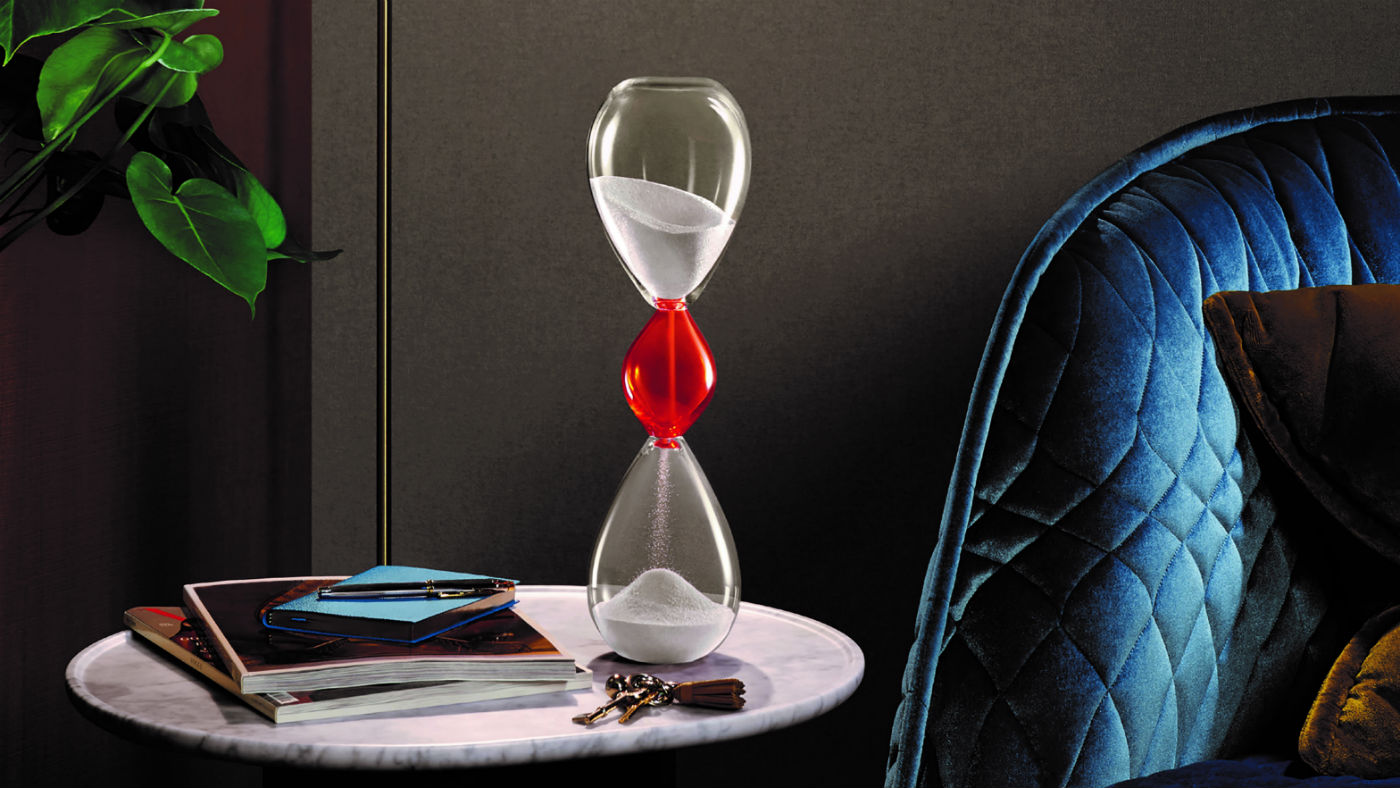
To mark the opening of its new luxury Lincoln Square development in the heart of London, Lodha has teamed up with world-renowned designer and architect Patricia Urquiola to produce a limited-edition handmade sand timer.
Speaking to Portfolio at her studio in Milan, the Spanish-born designer explains how the sand timer perfectly illustrates her creative process - something she terms “empathetic exchange”.
“It is not really a philosophy - the aim is to create and find an empathetic relationship with someone. Sometimes that can be with a client, sometimes with a company, but it is the the idea of how we will use that sense of ongoing experimentation as a thought process in any project you do.”
The Week
Escape your echo chamber. Get the facts behind the news, plus analysis from multiple perspectives.

Sign up for The Week's Free Newsletters
From our morning news briefing to a weekly Good News Newsletter, get the best of The Week delivered directly to your inbox.
From our morning news briefing to a weekly Good News Newsletter, get the best of The Week delivered directly to your inbox.
“We wanted to eliminate the idea of the word ‘consumer’ - and instead always be thinking about how people are going to relate to your architecture or design.”
Crucial to this exchange is the relationship between client and designer.
“Today we live in a society of connections, it is now more important than ever the connection between things and each other. This defines more our way of doing things because in the end those exit lines define a lot of how we live and work today.”
The sand timer represents the culmination of a three-year collaboration with Indian-based property developer Lodha.
A free daily email with the biggest news stories of the day – and the best features from TheWeek.com
Located in Bloomsbury overlooking the capital’s historic legal district, the Lincoln Square project, due for completion in February 2019, has brought together some of the world’s leading architects, interior designers and landscape gardeners.
As well as complete creative control over 17,000 sq/ft of amenities and interiors, Urquiola is also overseeing the design for the 25-metre swimming pool and spa, gym, private club and library, 24-person cinema, private dining room, snooker and children’s play area.
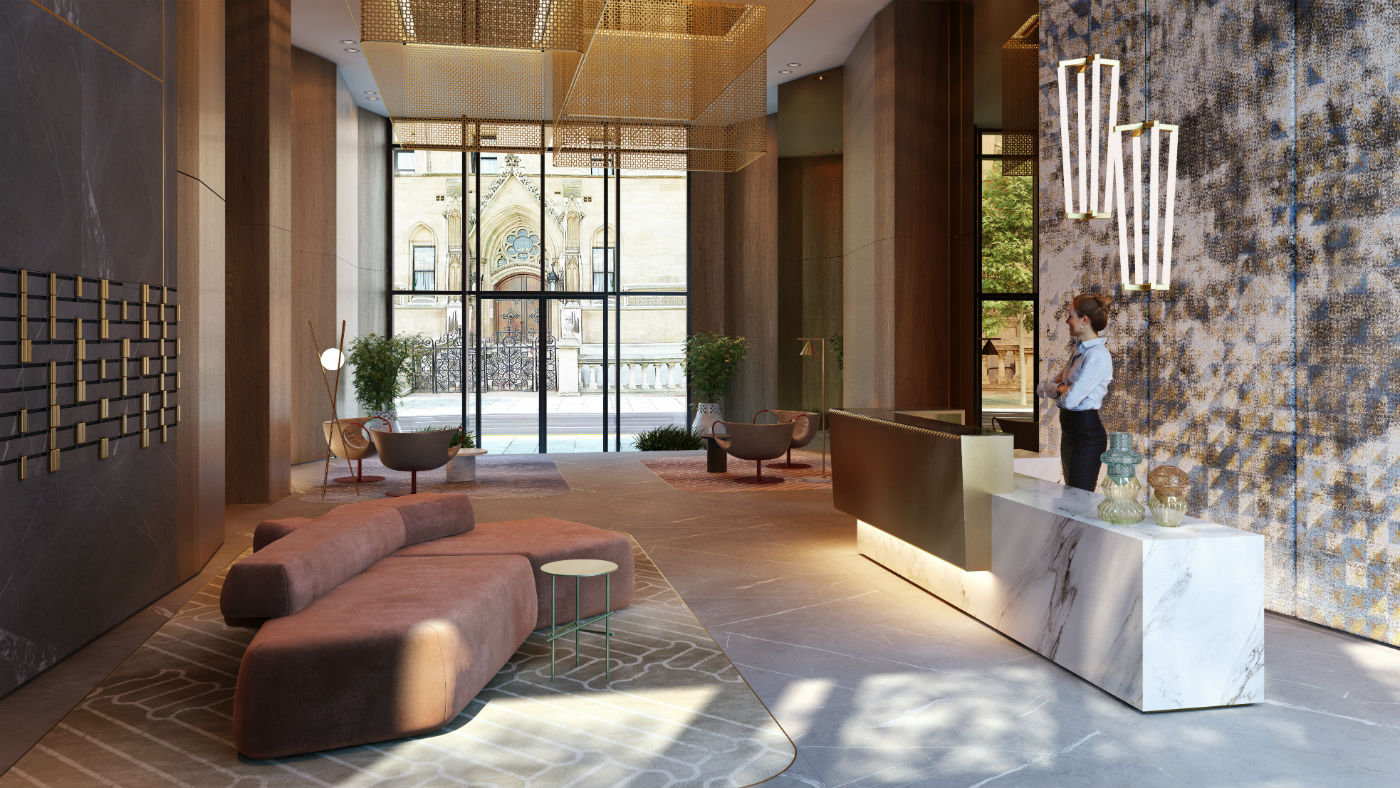
CGI of Lincoln Square lobby designed by Patricia Urquiola @Lodha
In fact, play is crucial both to Urquiola's work and the process of collaboration she enjoys with her clients.
“My timeline is always very playful, possibly because I am both a designer and an architect” she says. “That way of working, which comes very much from design, means from the beginning you need to trust and do and play”.
“They live together in many projects because sometimes I am designing chairs or a lamp or the carpet - and this is something I bring that into my architecture. It is not a process of architecture in which you work towards a final vision the client likes - but rather I see it as a space to research”.
This emphasis on play and experimentation came most vividly to life in her set design for L’incoronazione di Poppea at the Teatro Arriaga in Bilbao. On stage, performers interacted with various props and objects on the stage, which themselves became co-stars.
If humour and playfulness are central to Urquiola's practice, the idea of place also plays a crucial part in her creative process.
Born in northern Spain but living and working in Milan for many years, her work combines Iberian traditions with an Italian aesthetic and eye for quality, along with hints of Mughal and far-eastern influences.
It is this willingness to experiment across different styles and genres, from consumer products and set design to commercial interiors and corporate installations and commissions for some of the world’s biggest brands, that has made her one of the most highly regarded designers working in Europe today.
Her objects are displayed at Moma in New York and she was listed in Dezeen’s top 100 global designer Hot List 2017. As well as her own practice she is also art director for Cassina and has been awarded the prestigious Medalla de Oro al Mérito en las Bellas Artes and the Order of Isabella the Catholic by King Juan Carlos I of Spain.
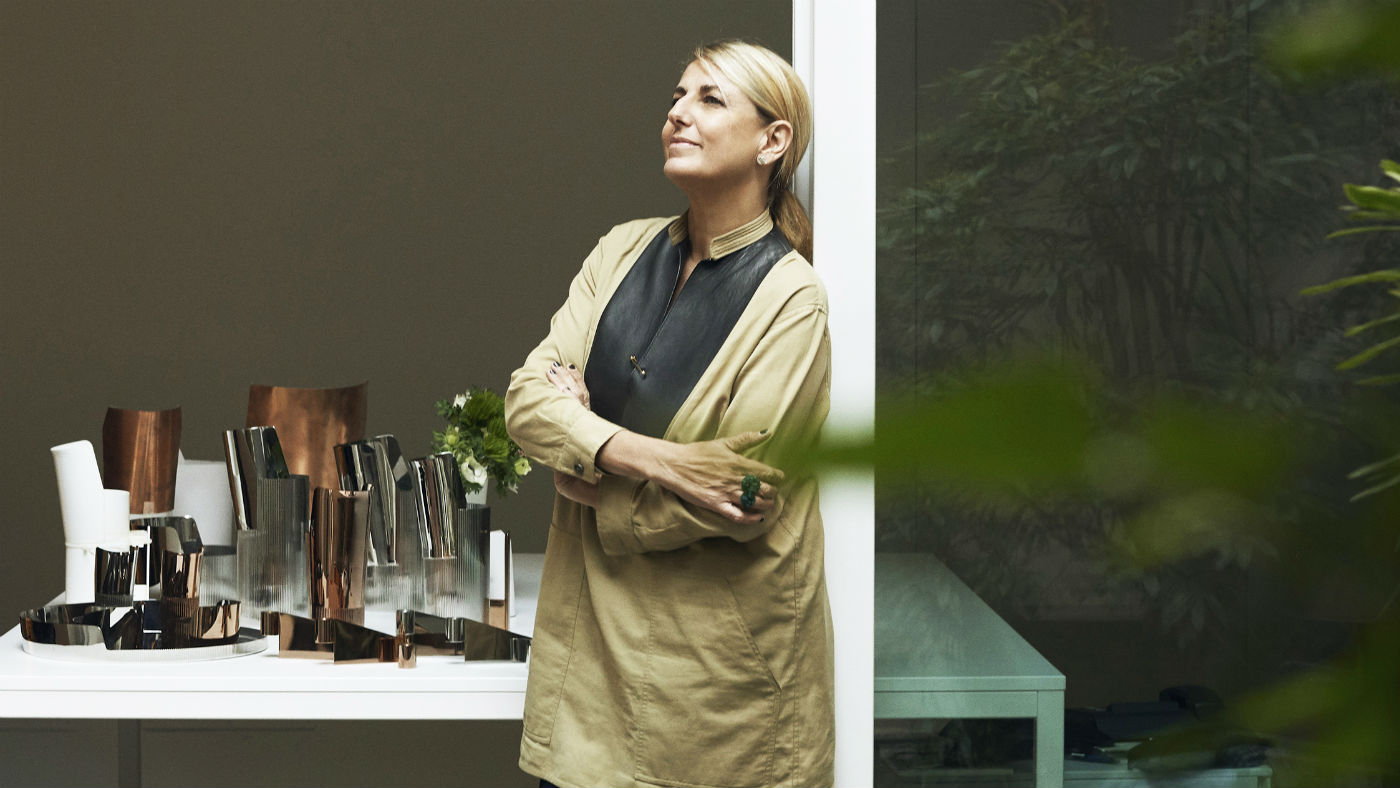
Patricia Urquiola in her Milan studio @Georg Jensen
So how was it reconciling her own vision with that of a company with Indian roots embarking on a project that is definitively London?
“It is vital you always try and move outside your comfort zone” she says. “With Lodha, in the beginning it was complex to understand about the specific situation in London and what they really wanted - but that is the only way you can conduct empathetic travel on projects you embark on”.
“It was in the process of designing various aspects of Lincoln Square that I immersed myself in the world in which this beautiful building sits - not just physically, but also in an abstract way.”
This struggle between competing influences is mirrored in the constant collision of traditional craft and new techniques and technologies.
“It is very important this idea of the ‘crafted mind’, which serves to support the ‘digital mind’” she says. “For me, one is not more important than the other - it is crucial to strike a balance between the two.”
This almost obsessive dedication to craft is nowhere more evident than in the sand timer. Made in the world-renowned glass workshops of Murano, on the outskirts of Venice, each of the thirty editions have been individually handcrafted by a master blower, one of only fifty or so who remain on the island.
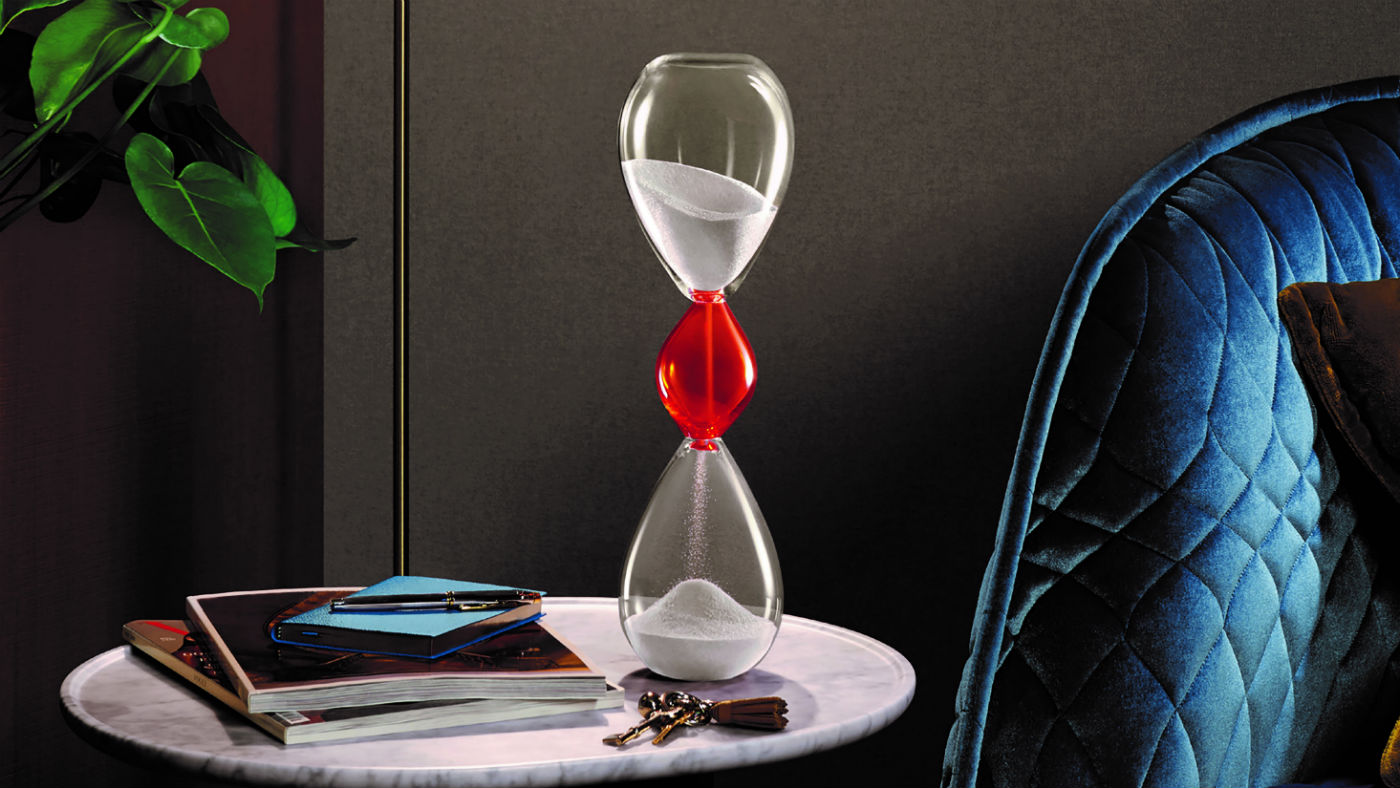
Lodha sand timer by Patricia Urquiola
“For me, when we do a work like this it means a work of quality - it is more related to the value of quality than the value of luxury” says Urquiola.
Consisting of three individually blown sections brought together to create a single homogeneous piece, Urquiola says the act of sand falling between these three distinct spaces “signifies the imperative of time passing from past to present to future”.
“In truth, the only way to understand this work for me is connected to the sense of time” she says.
For her, design is more than just one specific object or piece of furniture, in it past, present and future combine in a process of continuous experimentation.
“This project made me more aware of the luxury of time, the investment we make in our education and in our understanding of culture and history. The privilege we have in being able to expand our minds in these ways, is made possible by the luxury of time.”
The limited-edition hand-signed Urquiola sand timer, retailing at £460, is available to buy from www.wallpaper.com.
-
 Political cartoons for December 6
Political cartoons for December 6Cartoons Saturday’s political cartoons include a pardon for Hernandez, word of the year, and more
-
 Pakistan: Trump’s ‘favourite field marshal’ takes charge
Pakistan: Trump’s ‘favourite field marshal’ takes chargeIn the Spotlight Asim Munir’s control over all three branches of Pakistan’s military gives him ‘sweeping powers’ – and almost unlimited freedom to use them
-
 Codeword: December 6, 2025
Codeword: December 6, 2025The daily codeword puzzle from The Week
-
 Friendship: 'bromance' comedy starring Paul Rudd and Tim Robinson
Friendship: 'bromance' comedy starring Paul Rudd and Tim RobinsonThe Week Recommends 'Lampooning and embracing' middle-aged male loneliness, this film is 'enjoyable and funny'
-
 The Count of Monte Cristo review: 'indecently spectacular' adaptation
The Count of Monte Cristo review: 'indecently spectacular' adaptationThe Week Recommends Dumas's classic 19th-century novel is once again given new life in this 'fast-moving' film
-
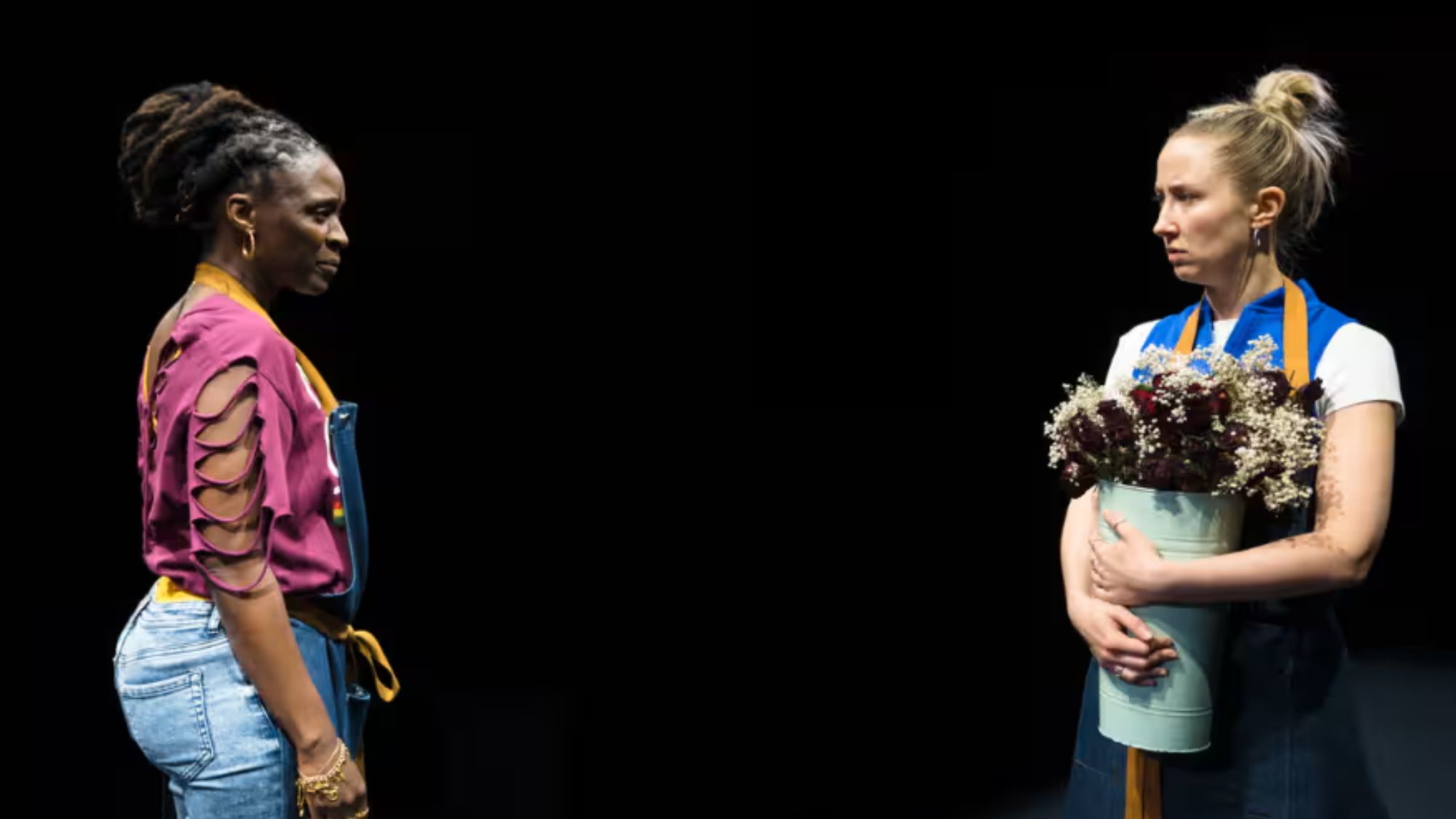 Death of England: Closing Time review – 'bold, brash reflection on racism'
Death of England: Closing Time review – 'bold, brash reflection on racism'The Week Recommends The final part of this trilogy deftly explores rising political tensions across the country
-
 Sing Sing review: prison drama bursts with 'charm, energy and optimism'
Sing Sing review: prison drama bursts with 'charm, energy and optimism'The Week Recommends Colman Domingo plays a real-life prisoner in a performance likely to be an Oscars shoo-in
-
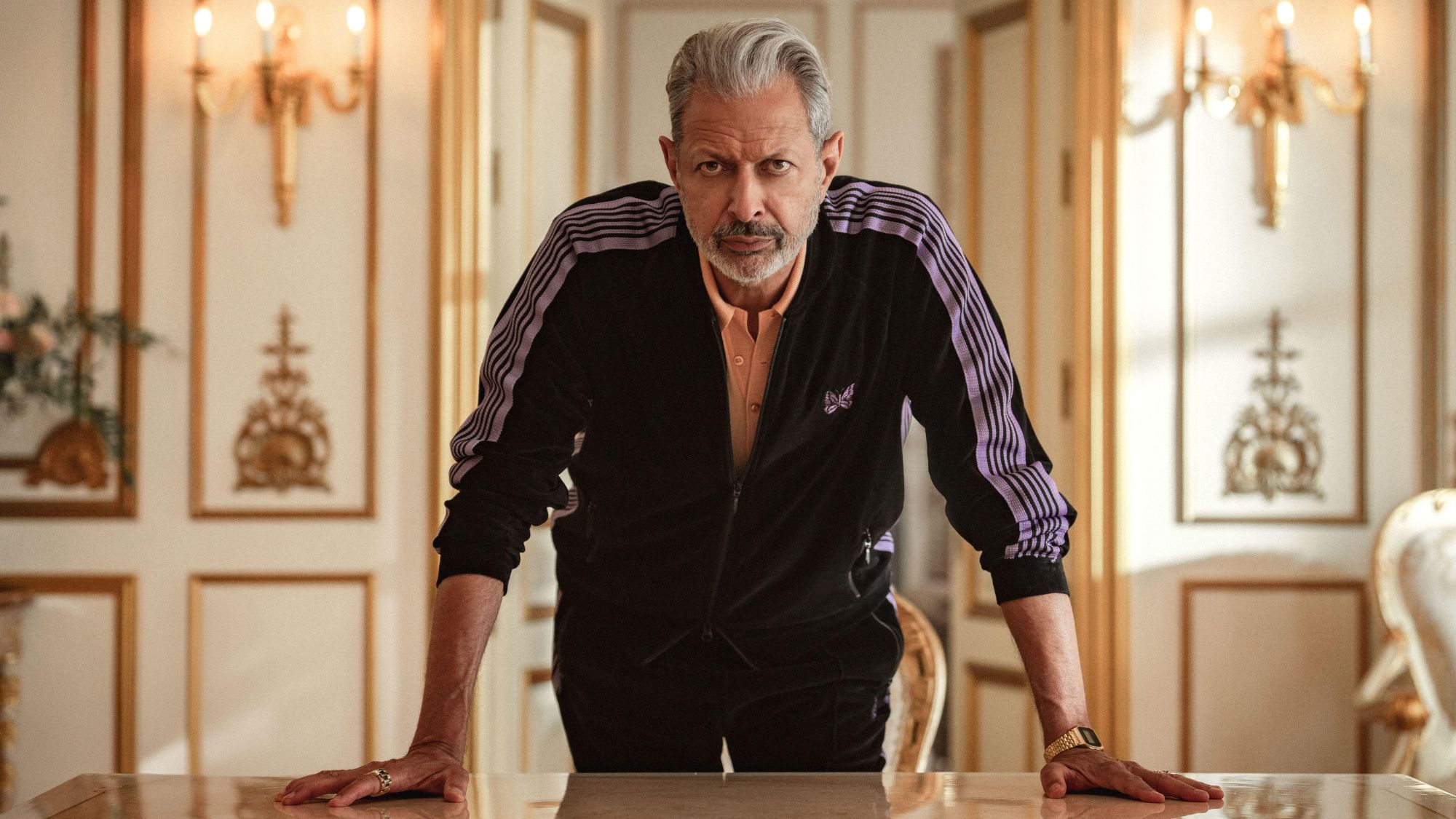 Kaos review: comic retelling of Greek mythology starring Jeff Goldblum
Kaos review: comic retelling of Greek mythology starring Jeff GoldblumThe Week Recommends The new series captures audiences as it 'never takes itself too seriously'
-
 Blink Twice review: a 'stylish and savage' black comedy thriller
Blink Twice review: a 'stylish and savage' black comedy thrillerThe Week Recommends Channing Tatum and Naomi Ackie stun in this film on the hedonistic rich directed by Zoë Kravitz
-
 Shifters review: 'beautiful' new romantic comedy offers 'bittersweet tenderness'
Shifters review: 'beautiful' new romantic comedy offers 'bittersweet tenderness'The Week Recommends The 'inventive, emotionally astute writing' leaves audiences gripped throughout
-
 How to do F1: British Grand Prix 2025
How to do F1: British Grand Prix 2025The Week Recommends One of the biggest events of the motorsports calendar is back and better than ever